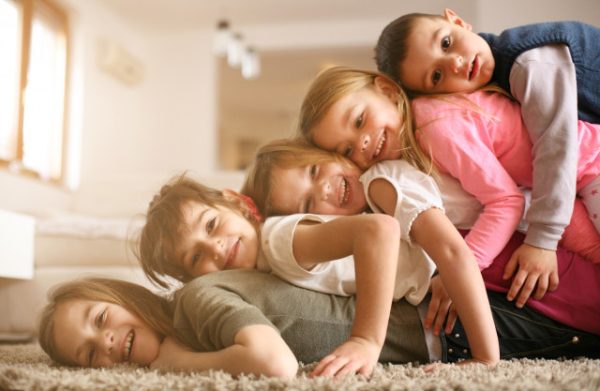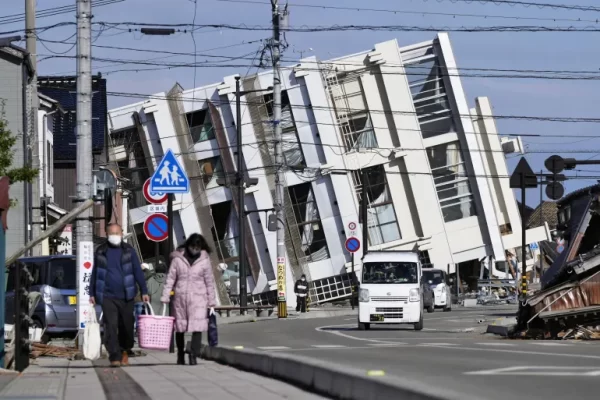Facing hardship through COVID-19
Many people, including New York’s Governor Andrew Cuomo, have said that COVID-19 has been bringing together people as equals, that is doesn’t discriminate. Then why are certain groups more frequently hospitalized, more likely to die? What about people who were already facing hardship before this epidemic began? The virus isn’t running rampant with bias programmed into its DNA. Instead, our social structures have created this inequity.
The CDC has released a report explaining how subtle racial inequality that prevails to this day has led to a large number of minority groups suffering from this outbreak. Most people belonging to a minority group either don’t have access to or are stigmatized from health care. They’re less able to seek medical attention for issues until they become very serious. Also, they’re more likely to be an essential worker. The majority of essential jobs are low-wage jobs with harder working conditions. With most of America stuck at home, getting out of the house and working seems like bliss at first thought. However, being able to stay at home is a luxury in the age of COVID-19. Staying home and being able to fully distance socially significantly lowers one’s risk of contracting the virus. Essential workers (and the majority of minorities in this employment) can’t simply do their jobs over Zoom. They’re forced to be at risk every day. Coupling this with poorer access to healthcare, minorities are at much greater risk from this epidemic.
Another group of people that’s overlooked is homeless people and those significantly below the poverty line. Again the same issue with healthcare access still exists, but there’s also a struggle to access resources safely. Before the pandemic, people who needed assistance with basic resources could go to homeless shelters, use public restrooms, and utilize other programs. Now, most businesses and public spaces are closed. Resources are more in demand and thus harder to access. Homeless shelters can’t accommodate as many people while still maintaining social distancing and vastly increasing sanitation. This isn’t as visible in Idaho due to fewer people being homeless than in urban areas (0.41% vs. 26.73% in California); however, it still is affecting citizens. This has led to people that are homeless or have similar struggles with getting basic resources becoming a population that’s at a higher risk for getting COVID-19.
Another congregate setting right now is refugee camps. People that fled from crime and war now face a new enemy: the virus, aided by travel restrictions. After the Remain In Mexico program began, people seeking asylum in the US are being kept in camps in Mexican border cities that are crowded and have unsanitary conditions. These people face the same hardships and risks as the homeless and poor with the added concern of not knowing where they’ll end up. Many of them left their families and former lives, taking a risk for a hopeful future, and now they’re losing all they had. Many underdeveloped countries face the same conditions that less fortunate people in America and refugee camps face: crowding and a lack of resources. This seems to be an underlying theme in the COVID pandemic. Countries with unstable governments or fewer resources for all its citizens are going to need assistance to effectively handle and minimize the effects of the outbreak. There are fewer ways to care for patients, test people for the virus, and otherwise manage the epidemic. On the other hand, most of those countries have dealt with similar epidemics in the past, so they do have experience.
Again with crowded spaces: In the US, many jails and prisons where there has been one COVID case have seen an outbreak—for example, Marion County’s state corrections facility in Ohio. Some facilities have begun releasing low-risk prisoners to slow the spread and better be able to distance inmates. However, despite preventative measures being taken, 70% of federal inmates currently have COVID-19, and the number will likely grow.
The last issue in conjunction with the pandemic is that domestic abuse rates have drastically increased, most likely due to the quarantines. People that were already in an unhealthy relationship are now isolated with their partners, and more abuse is being reported to hotlines worldwide, according to the United Nations. This was foreseen by experts, but definitely not hoped for. Hotlines and other services are ramping up efforts to aid survivors; however, this is an ongoing issue.
Despite this bleak outlook, groups are already aware of the situation and helping, and there are ways that you can help. Donating to a local homeless shelter or soup kitchen provides resources for those in need. Also, researching what needs to happen locally can help one find opportunities to aid others in this crisis.







